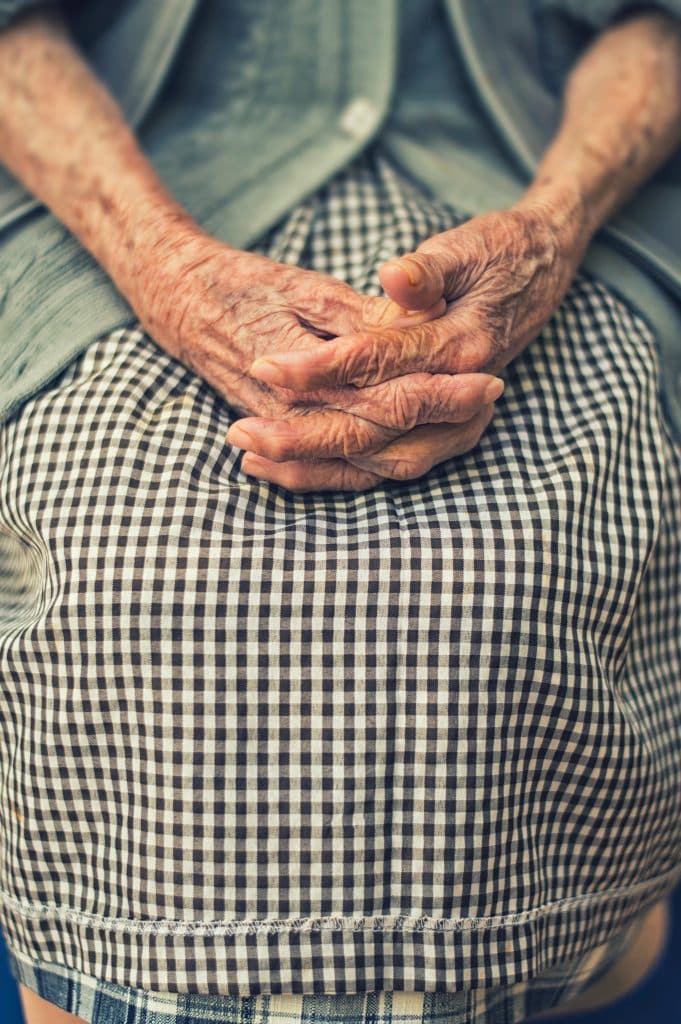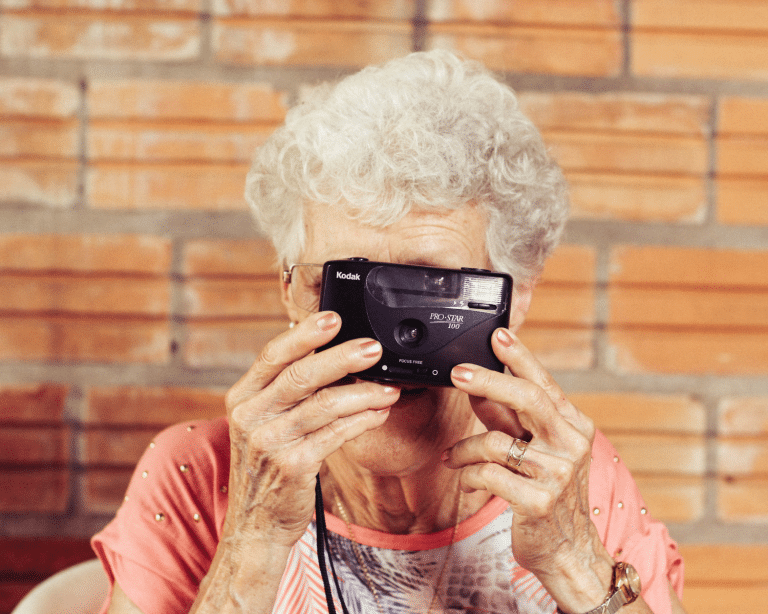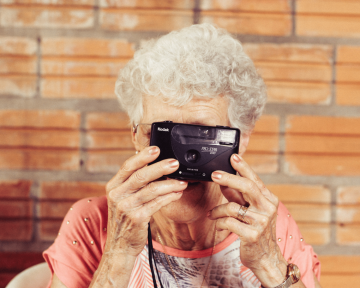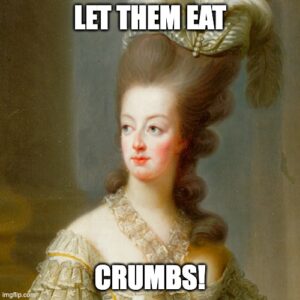In lieu of Women’s History Month, I want to recognize the unpaid, uncompensated women whose names are not in the history books but in the journals and hearts of thousands of humans; the women who make spaces for stories to be shared, who read the books, cook the dinners, ask the questions, hold the hands, write the emails, open the doors, and are home every day by 3:00 to say “welcome home!” to children who don’t know that it matters – the women who create the somethings that connect humans with invisible webs of meaning.
Stay-at-home-motherhood is the truest non-profit non-organization. However, women have been gathering and organizing since the beginning of history and while there is no financial or material profit generated, the non-organization does gather, it does create. And it generates something. Something invisible and incalculable, something substantial, something that provides nourishment for healing bodies, something that connects one human to another, something that flourishes inside of us and brings color, laughter, and meaning to an otherwise drab and concrete world. Something is generated in the living rooms, classrooms, and gardens of this women-organized group.
Something so beautiful is created that I ache for these spaces; I volunteer and show up and contribute to book groups, play groups, bible study groups, writing groups, and question groups – not for prestige or money, but because these groups create something that creates friendships, safe spaces, substantial changes, traditions, growth, and freedoms. They create ideas and diversity, histories and futures, they bring meaning to language and to suffering and to joy. These women, tucked into houses, slipping in and out of schools, gathering in each other’s homes, give everything they are to the invisible, unknown parts of this world. And they are rich. Oh, how these women give to the world an abundance of invisible things.
One of these women is my grandma. Every week, my grandma would gather sixteen adults and twenty-six grandkids into her living room where we piled onto couches and armrests spilling across the floor while holding crayon-drawn, glitter-glued construction paper images of her interpretation of a song, a new song every week. My mom would pound the intro on the piano that was nestled amidst the human bodies while my grandma clapped and yelled for attention raising her hands above her head before vigorously leading the squished, uninterested progeny in song.
The words were printed onto squares glued to the back of the pictures we held. When the words our image represented were sung, we’d obediently lift the picture above our heads as grandma pointed and sang and yelled, “Louder!”
It was loud and confusing and I liked hiding in it. I liked hiding in the chaos on my aunt’s lap, squeezed between cousins. I liked my voice to hide within the voices of my family and the notes of the piano and my grandmother’s enthusiastic encouragement.
I liked learning a song in a room too small for my growing family. I liked how the adults talked when they should have listened and the kids forgot what image they held and when to raise it, and I loved how my grandmother was tireless and creative in her efforts to unify an uncooperative group of diverse humans.

This group of people existed together because of my grandmother’s body and her love and her courage. She taught me that life isn’t about holding to an iron rod – it is about holding to each other.
It is about making room even when we think there isn’t any. It is about listening to the stories – the ones about what we see and feel and hear. It is about the smells of proximity and the feel of young, plump arms and soft, wrinkled ones. It isn’t about some far-off vision, it is about our own.
My grandma created traditions and rituals without permission. She somehow sewed us together with these strange songs and dances and symbols so when I was a struggling teen who felt I belonged nowhere, my grandma forced me to believe that I belonged to her, that I was a piece of her, a voice in her song and a partner in her dance.
This is what one woman in history was able to generate: symbols of a mother moving the forces of the universe with her voice and arms, weaving her family together, teaching them to touch and think and laugh together.
This is just one small glimpse of the power of an unpaid woman. Tragically, so much of women’s magic is lost along the straight-and-narrow path of patriarchy. Gerda Lerner, the champion of “Women’s History Day,” laments that “what women have done and experienced has been left unrecorded, neglected, and ignored,” and this has distorted history and religion and governments and families, but this does not mean that women have been doing nothing while they have been ignored by historians, political leaders, and religions. They have always been and continue to be the makers of worlds.
- Lerner, Gerda. The Creation of Patriarchy. Oxford University Press, 1986.
- (Photo by Tiago Muraro on Unsplash)
2. (Photo by Danie Franco on Unsplash)






3 Responses
This is a beautiful tribute to your grandmother and to the work women do to create community. “She taught me that life isn’t about holding to an iron rod – it is about holding to each other.”
Thanks, Katie Ludlow Rich.
I love your essay Lavender and find it reflective of my own experience as a child surrounded by the beautiful and powerful work of women, and a SAHM for a season of life. I love the way your grandma worked to connect your family – through time, and music and touch. “Weaving her family together” is such a beautiful phrase and probably describes my highest aspiration, to weave lives together through listening and loving.